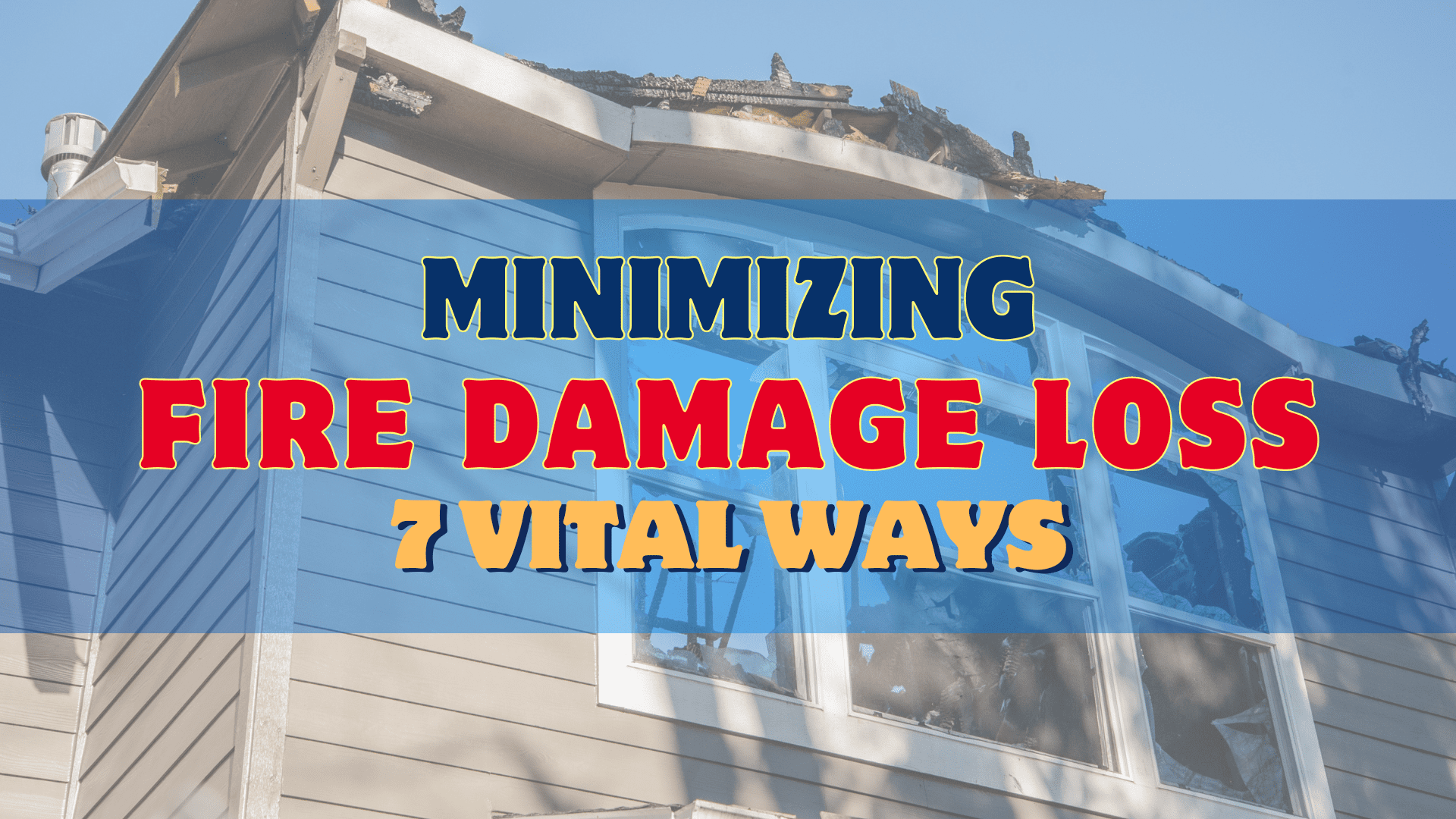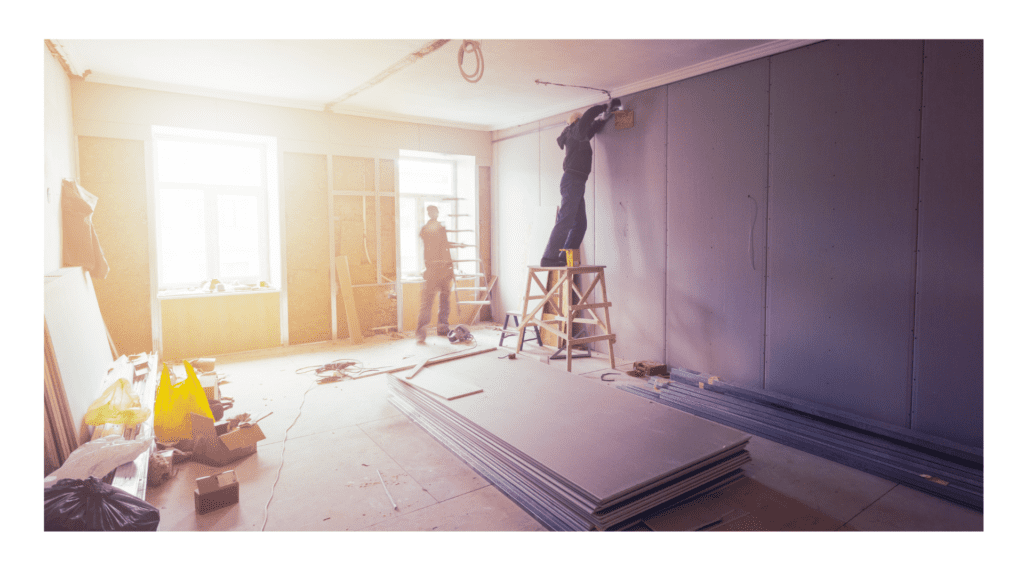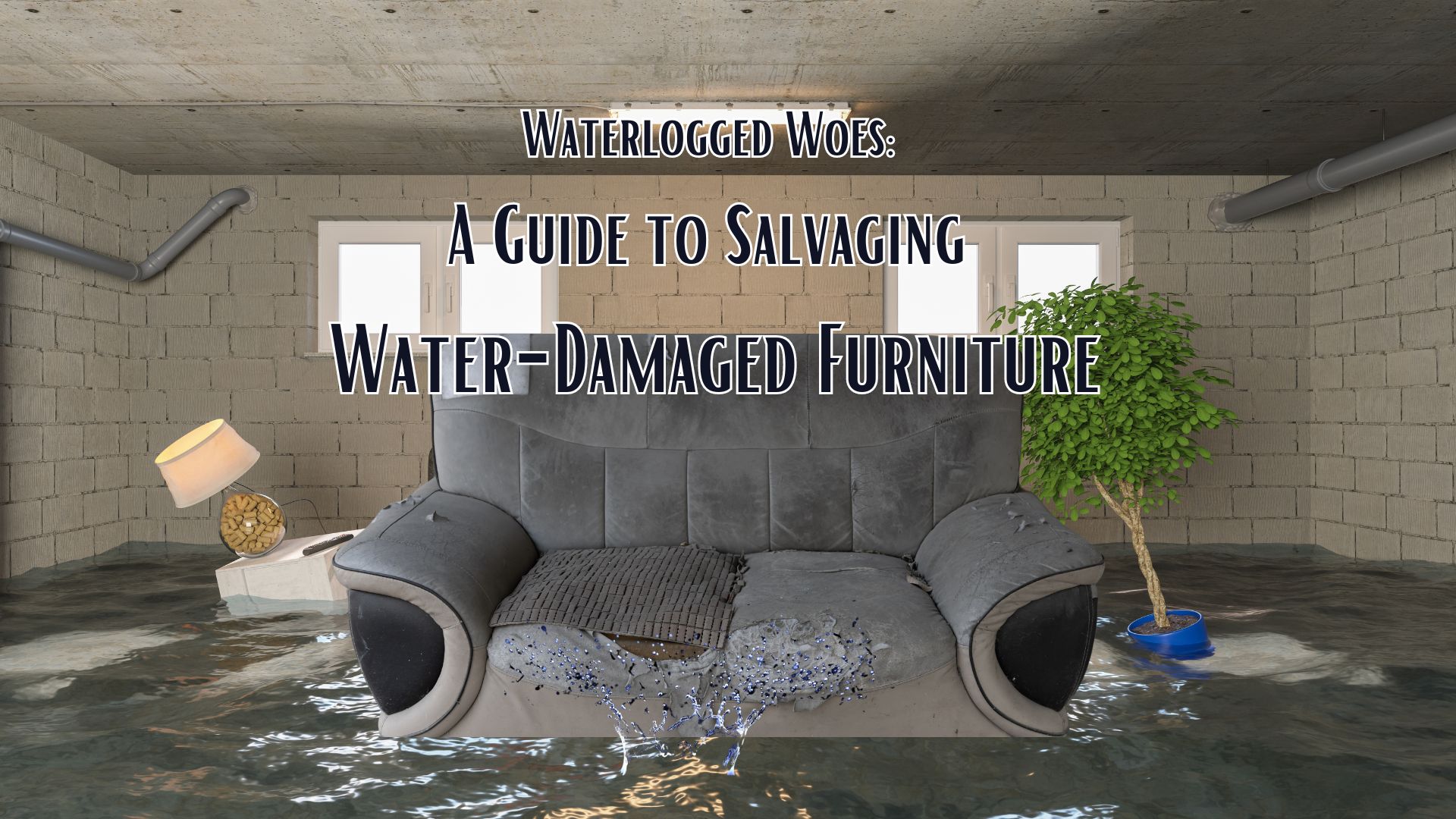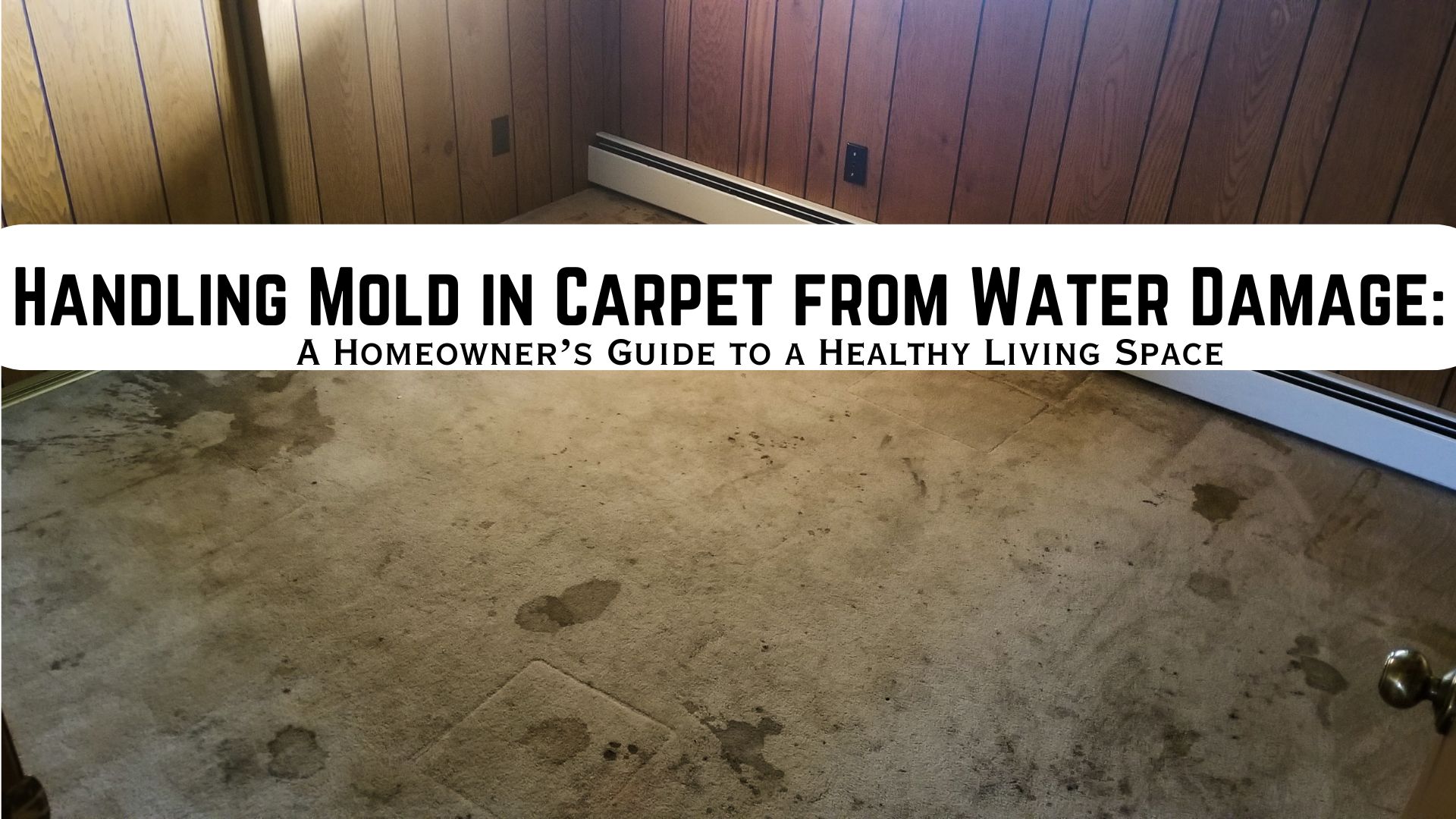
Intro to Fire Damage Loss
Fires are an unpredictable and devastating force of nature. Whether it’s a small household fire or a large-scale wildfire, fire damage can have profound and far-reaching consequences, impacting lives, properties, and the environment. In this comprehensive guide, we will delve deeper into the world of fire damage, explore its various aspects, and provide you with strategies to minimize loss when faced with such a catastrophic event. Whether you’re a homeowner, business owner, or property manager, understanding fire damage is crucial for protecting your assets.
What Is Fire Damage?
Fire damage is the destruction and loss caused by fires. It encompasses a wide range of impacts, including but not limited to:
1. Structural Damage: Fires can compromise the structural integrity of buildings. The intense heat can weaken materials, causing walls, roofs, and floors to collapse, rendering the structure unsafe for occupancy.
2. Content Damage: The most visible and heart-wrenching aspect of fire damage is the loss of personal belongings, furniture, electronics, and other household items. These possessions often hold sentimental value and can be difficult to replace.
3. Health Consequences: Fires produce smoke and toxic gases that can lead to health problems for those exposed. Breathing in smoke particles and hazardous gases can cause respiratory issues and exacerbate existing conditions.
4. Environmental Impact: Large-scale fires, such as wildfires, can devastate entire ecosystems. They lead to habitat loss for wildlife, affect air quality, and contribute to long-term environmental damage.
Minimizing Fire Damage Loss
Minimizing fire damage loss begins with proactive measures, emergency planning, and understanding how to deal with the aftermath. Here are detailed strategies to help you safeguard your property and loved ones.
1. Fire Prevention
The best way to minimize fire damage loss is to prevent fires from happening in the first place. Prevention measures include:
- Fire-Resistant Building Materials: When constructing or renovating a building, use fire-resistant materials such as fire-rated walls, roofs, and doors. This can significantly slow down the spread of fires.
- Smoke Detectors and Alarms: Install smoke detectors and fire alarms throughout your property. Regularly test and replace batteries to ensure they are functional.
- Fire Safety Best Practices: Educate yourself and your family or employees about fire safety best practices. These include knowing how to use fire extinguishers, practicing safe cooking habits, and avoiding overloading electrical circuits.
- Electrical Maintenance: Regularly inspect and maintain electrical systems to reduce the risk of electrical fires. Replace damaged wiring, and ensure all electrical work is up to code.
- Chimney and Dryer Vent Maintenance: Clean chimneys to prevent chimney fires, and regularly clean dryer vents to avoid lint fires. These often-overlooked maintenance tasks can be crucial in preventing fires in residential settings.
2. Emergency Planning
Creating a comprehensive fire emergency plan is essential for protecting lives and property:
- Evacuation Routes: Identify multiple evacuation routes from your property. Ensure that all family members or employees are aware of these routes.
- Meeting Point: Designate a safe meeting point outside your property where everyone should gather in the event of a fire.
- Emergency Contacts: Maintain a list of emergency contact numbers and have a designated individual who is responsible for calling emergency services.
- Fire Extinguisher Training: Teach everyone how to use fire extinguishers, and ensure there are extinguishers in key locations, especially in kitchens and workshops.
- Emergency Kits: Assemble emergency kits with essential supplies such as first-aid supplies, non-perishable food, water, and blankets.
3. Insurance Coverage
A vital component of preparedness is ensuring that your property is adequately insured against fire damage. Key considerations regarding insurance coverage include:
- Policy Review: Familiarize yourself with your insurance policy. Understand what it covers and what it does not. Be prepared for possible limitations or exclusions, especially if you live in an area prone to specific types of fires, such as wildfires or arson.
- Inventory Documentation: Keep a detailed inventory of your possessions, including photographs and receipts. This documentation can be invaluable when filing a claim after a fire.
- Appraisals: For valuable items, consider having them appraised, especially if they are subject to coverage limits in your policy.
- Updates and Reevaluations: Regularly review and update your insurance policy to reflect changes in your property and possessions. As your assets grow, your coverage may need adjustment.
4. Fire-Resistant Safes
Investing in fire-resistant safes is a prudent step to protect important documents, valuable items, and irreplaceable sentimental items. Fire-resistant safes are designed to withstand high temperatures for a specified duration, giving you time to recover these items after a fire. Key items to store in a fire-resistant safe include:
- Important Documents: Birth certificates, passports, deeds, and insurance policies should be stored securely.
- Valuables: Jewelry, precious metals, and heirlooms should be placed in the safe.
- Digital Backups: Store electronic backups of important files, documents, and family photos on fire-resistant external hard drives or data storage devices.
- Cash and Firearms: If you own firearms, store them safely in a fire-resistant safe. Cash and other valuable assets can also be kept secure in this manner.
- Sentimental Items: Protect irreplaceable sentimental items such as family photos and letters from loved ones.
5. Regular Maintenance
Preventing fire damage often starts with routine maintenance of your property and its systems:
- Electrical Systems: Regularly inspect your electrical system for signs of wear, damage, or overloads. Address issues promptly to prevent electrical fires.
- Chimney Maintenance: If you have a fireplace, ensure that your chimney is cleaned and inspected regularly to prevent chimney fires. Creosote buildup is a common cause of these fires.
- Dryer Vent Cleaning: Lint buildup in dryer vents is a fire hazard. Clean your dryer vent system regularly to prevent lint fires. It’s also energy-efficient, as clean vents improve dryer performance.
- Heating Systems: If you use space heaters, ensure they are placed away from flammable materials and used with care. Follow safety guidelines for kerosene and electric space heaters.
- Cooking Safety: Follow safe cooking practices. Keep flammable materials away from stovetops, never leave cooking unattended, and ensure pot and pan handles are turned inward to prevent accidental spills.
6. Wildfire Preparedness
If you reside in an area prone to wildfires, you must take additional precautions to safeguard your property:
- Defensible Space: Work with local fire authorities to create a defensible space around your property. This involves clearing vegetation and other potential fuel sources that could aid the spread of wildfires.
- Firebreaks and Barriers: Consider constructing firebreaks or barriers made of non-combustible materials like concrete or gravel to create a buffer zone between your property and surrounding vegetation.
- Fire-Resistant Landscaping: Choose fire-resistant plants and materials for your landscaping. Remove dead or dry vegetation that could act as kindling for fires.
- Firebreak Maintenance: Regularly maintain and clear firebreaks to ensure their effectiveness. Overgrown vegetation can compromise their purpose.
- Emergency Kits and Evacuation Plans: In wildfire-prone areas, it’s critical to have evacuation plans and emergency kits ready. Stay informed about local alerts and warnings, and heed evacuation orders promptly.
- Community Involvement: Join or support local fire prevention and preparedness groups. Engaging with your community can help create a safer environment for everyone.
7. Professional Fire Restoration Services
In the unfortunate event of a fire, it’s vital to act swiftly and decisively. Professional fire restoration services can be your lifeline in these situations. Here’s what they can do to help:
- Assessment: The first step is a thorough assessment of the damage. This includes evaluating structural integrity, identifying salvageable items, and assessing the extent of smoke and water damage.
- Content Restoration: Restoration experts will prioritize the restoration of your valuable belongings. This may involve cleaning, drying, and repairing damaged items.
- Structural Repairs: For damaged buildings, restoration services will repair and rebuild the structure to meet safety standards and make it habitable again.
- Smoke and Odor Removal: Smoke can penetrate surfaces and leave behind persistent odors. Professionals use specialized techniques and equipment to remove smoke odors from your property.
- Water Damage Mitigation: The actions taken by firefighters frequently result in water damage lingering in the affected area. Restoration experts will address this issue to prevent mold growth and further structural damage.
- Insurance Coordination: Fire restoration services can work with your insurance company to expedite the claims process, ensuring that you receive the coverage you are entitled to.
Hire a Professional Fire Damage Restoration Company

Fire damage loss can be a harrowing and life-altering experience. Whether it’s a sudden household fire or a widespread wildfire, understanding the causes and consequences of fire damage is essential for preparedness and mitigation. By taking proactive steps to prevent fires, creating a solid emergency plan, ensuring appropriate insurance coverage, and investing in fire-resistant safes, you can significantly reduce the loss associated with fire damage.
In addition to these preventive measures, ongoing maintenance and adherence to fire safety best practices are crucial. These include maintaining electrical systems, cleaning chimneys and dryer vents, and practicing safe cooking habits.
For those living in wildfire-prone areas, the creation of defensible spaces, firebreaks, and fire-resistant landscaping can be instrumental in protecting your property. Active community involvement and adherence to evacuation plans are also essential during wildfire events.
Finally, in the event of a fire, the swift action of professional fire restoration services can help you recover and rebuild. One such reputable and highly trusted restoration service provider is Superior Restoration. They have a track record of efficiently and effectively handling fire damage restoration projects. Their expertise in assessment, content restoration, structural repairs, smoke and odor removal, and water damage mitigation is invaluable.
Superior Restoration understands the urgency and sensitivity of fire damage situations, and they work diligently to minimize your losses. Their team of experienced professionals can help you navigate the challenging process of restoring your property, making it habitable and safe once again.
While we can never entirely eliminate the risk of fire damage, we can take steps to reduce its impact and enhance our ability to recover. Through preparedness and vigilance, and with the assistance of experienced professionals like Superior Restoration, you can protect your loved ones and your property from the devastating effects of fire damage.



